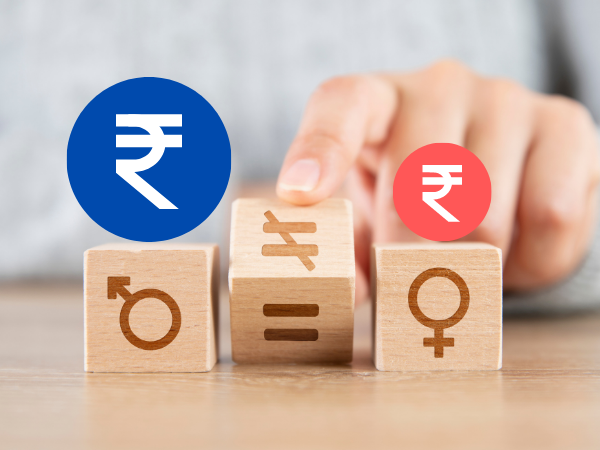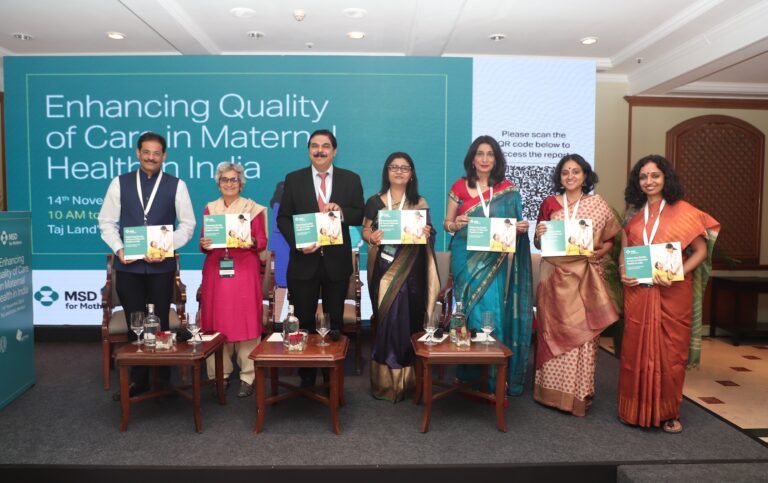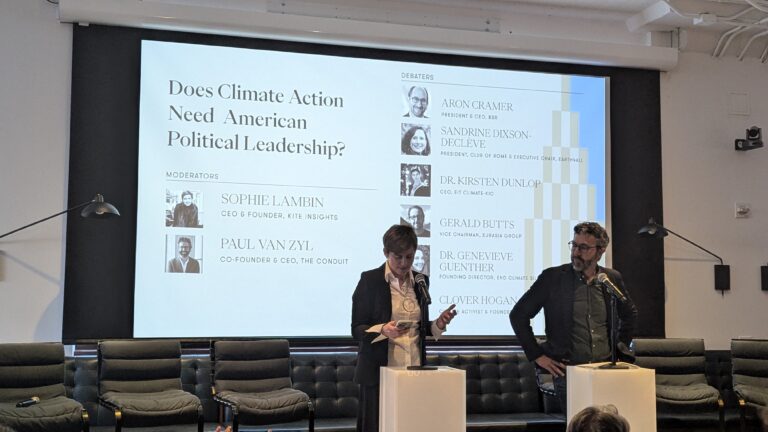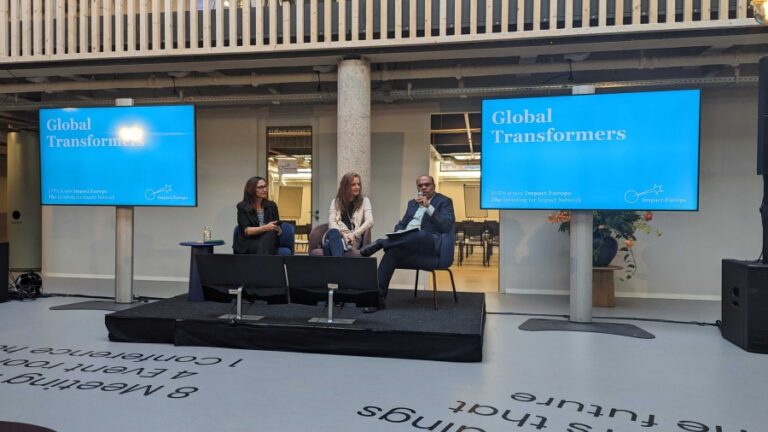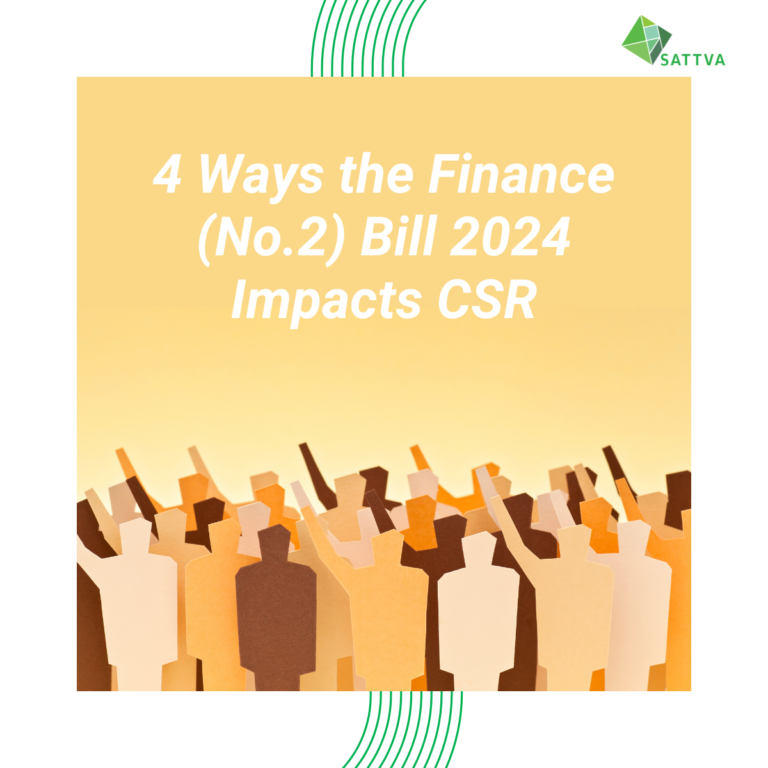Gender Wage Gap in India: An analysis of PLFS 2019-20 Data
By: Sansiddha Pani
Inputs from: Geetika Dang
Gender Equality and Women Empowerment is recognised as a critical component of sustainable development and is an area where Sattva has worked on extensively . The participation of women in the economic activities of the country is recognised as critical in empowering women. The female labour force participation rate, i.e. the percentage of women who are employed or seeking employment, has seen a declining trend over the last 10 to 15 years, reducing from about 32% in 2005, to just over 20% in recent years. Ensuring that women get fair and equitable pay is required to ensure that women become part of the economy in a sustainable way and are thus able to achieve economic empowerment.
Analysis the unit-level data of the Periodic Labour Force Survey of 2019-20, conducted by the National Sample Survey Organisation and released in July 2021, we present a quick overview of the gap in wages earned by men and women in India.
The key insights are given below:
– Average wage of women of Rs. 8,034 per month, is 33% lower than the average wage earned by men which is Rs. 12,048.
– Women tend to be employed in lower income jobs, with only 13% earning more than Rs. 12,500 per month. In comparison 28% of men earn above this level of monthly wage.
– In most cases, “poorer” states like Bihar, Chhattisgarh, Jharkhand and Uttar Pradesh have lower wage gap levels compared to richer states. For example, Women in Bihar earn 28% less than men, but in Tamil Nadu they earn 44% less than men.
– Self-employed women earn about half the average wages compared to self-employed men.
This situation of significant lower returns from participation in the labour force likely has a significant impact on the level of economic empowerment that women are able to derive and also the long term sustainability of that level of equality. A woman’s contribution to the overall economic well being of the household is more likely to be seen as auxiliary in nature and something to be taken up only in times of necessity.
More details about the Gender Wage Gap in India can be accessed here:
To save a copy, do click on the ‘Download’ link on the right side of the page.
—————————-
The data on Gender Wage Gap in India can be explored on this dashboard.
—————————-
Sattva has been working with various non-profits and social organisations as well as corporate clients to help them define their social impact goals. Our focus is to solve critical problems and find scalable solutions. We assist organisations in formulating their long-term social impact strategy by strategically aligning with business to provide meaningful solutions to social issues.
If you have any such stories or ideas to share, please write to us: impact@sattva.co.in
